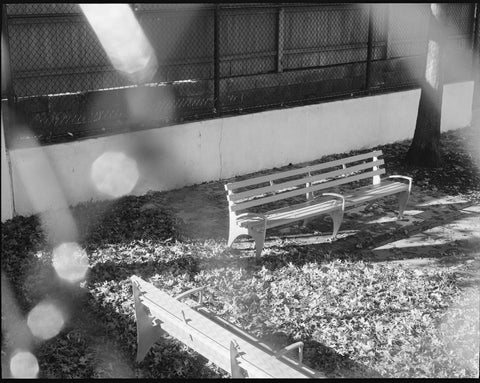B&W or Mono film, which is better for me? The short answer? Both are great and you can not go wrong with either one. But, there are differences between the two that are more beneficial in certain situations.
To understand the benefits between the two, you first need to understand how they are both processed. B&W film is processed with normal B&W chemistry. The benefit is that it is easy to process since B&W film is developed close to room temperature. The down side is that different film stocks require different development times so not all B&W film can be processed together which is why B&W has longer turn around times in the lab. However, B&W film that is processed in C41, also known as Mono film, can be processed with other color negative rolls regardless of the film stock and has a faster turn around time. Unfortunately, it is harder to find mono film than it is to find your standard B&W film.

TMAX 400 SHOT @ 320 ISO
There is a lot of B&W film to choose from for all kinds of applications. If you want to print your film with an enlarger, you may want to use panchromatic film or if you want to scan your film you may want to use TMAX. There is also special B&W film that was used for surveillance and infrared B&W film used by the military so it can be used for whatever creative process you might have. Standard B&W film also has a larger selection of sharp film stocks over C41 processed B&W film such as TMAX 400. You can also find higher ISO options such as Kodak P3200 and Delta 3200.
XP2 SHOT @ 320 ISO
Although, standard B&W film might have better sharpness and options, Mono B&W film still have exceptional sharpness and other benefits that make it great to have in your film rotation. It is more economical and efficient that standard B&W film which also allows for there to be a faster turn around time. However, the biggest benefit of all is that it can be used with digital ICE.
Digital ICE is hardware and software based technology on scanners that detects dust and artifacts on the negative as it is being scanned. When detected it removes it from the scan, resulting in cleaner scans. Unfortunately, standard B&W film is the only media that this does not work on.
Overall, both are great options with great quality and tonality. It all comes down to what fits your needs.



